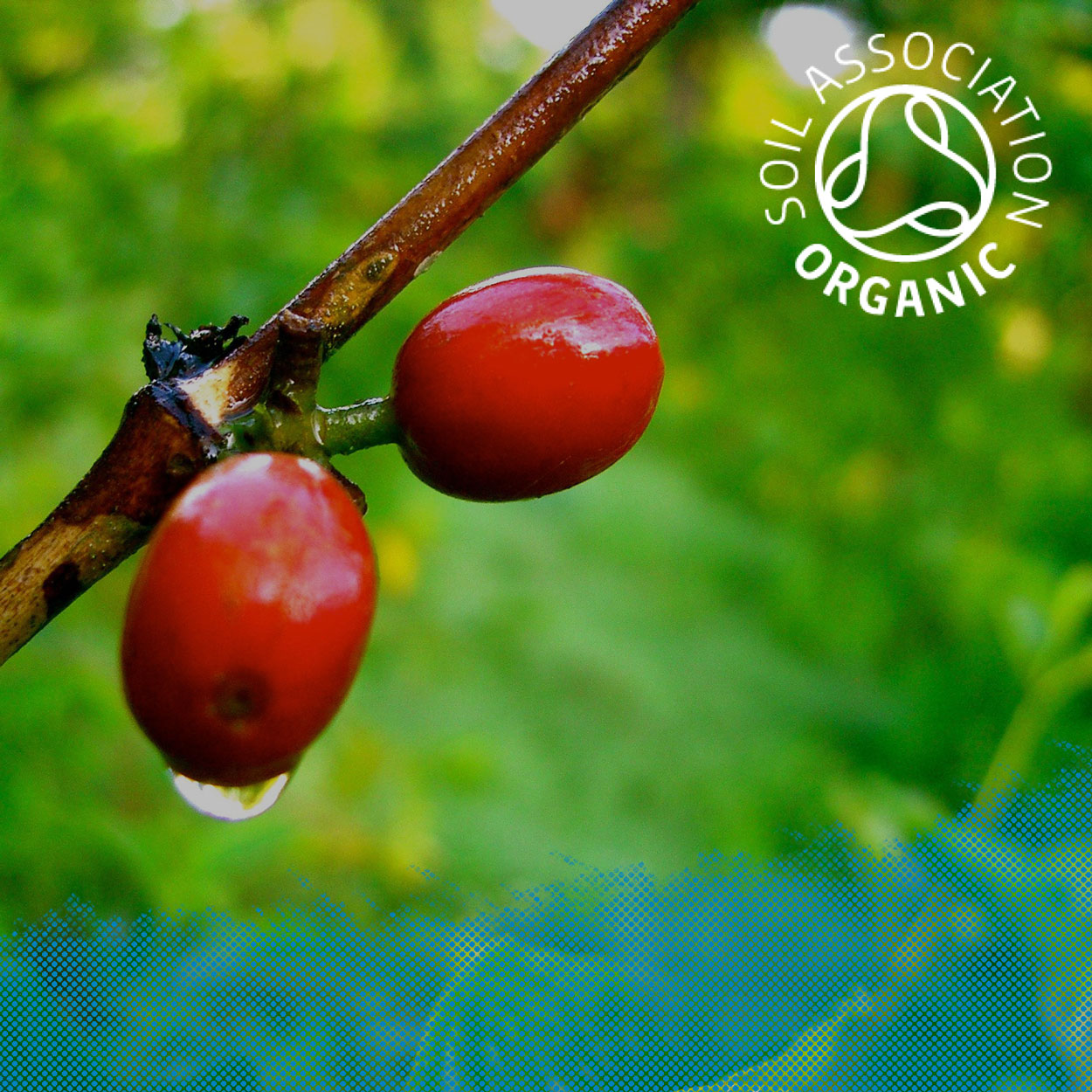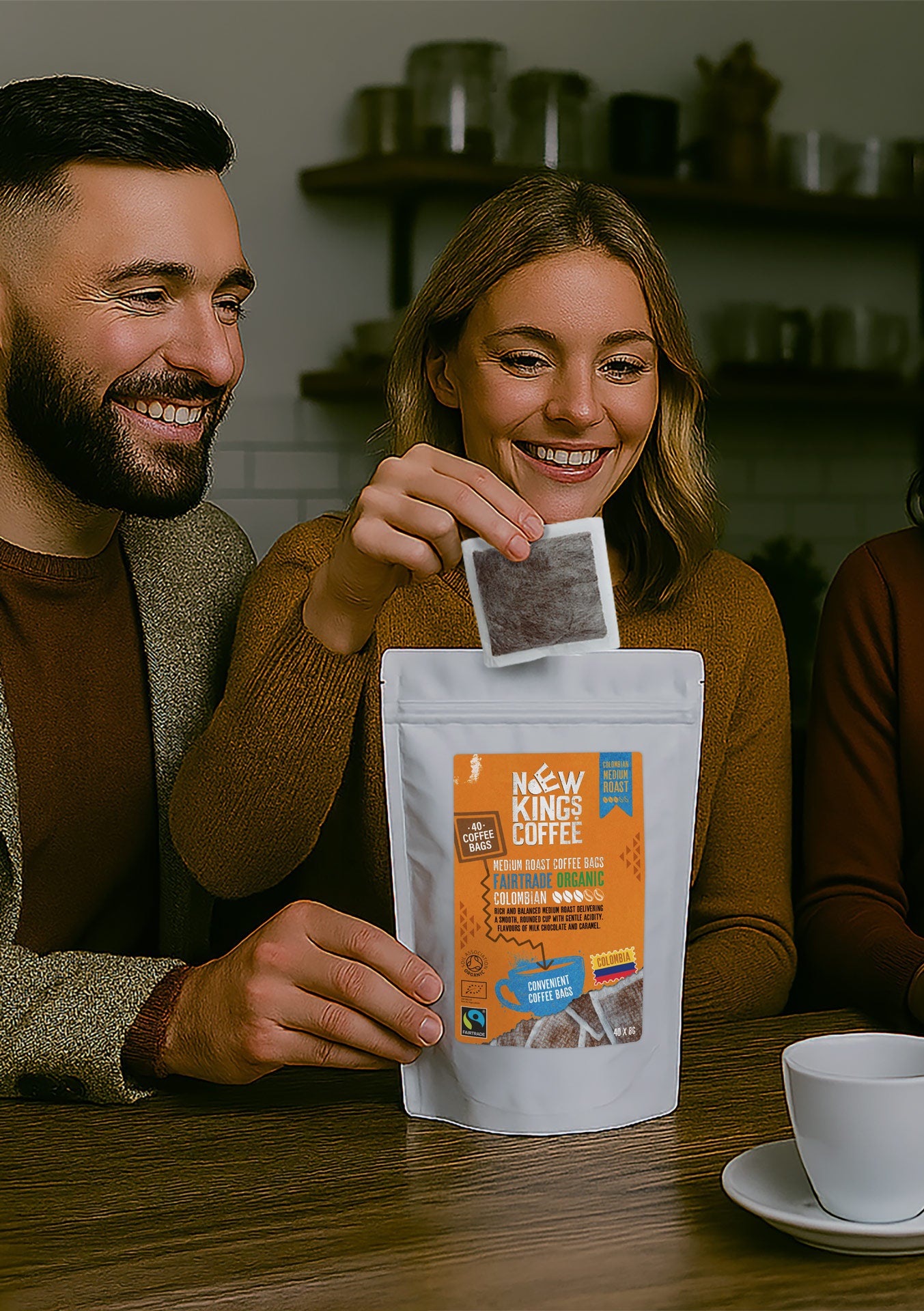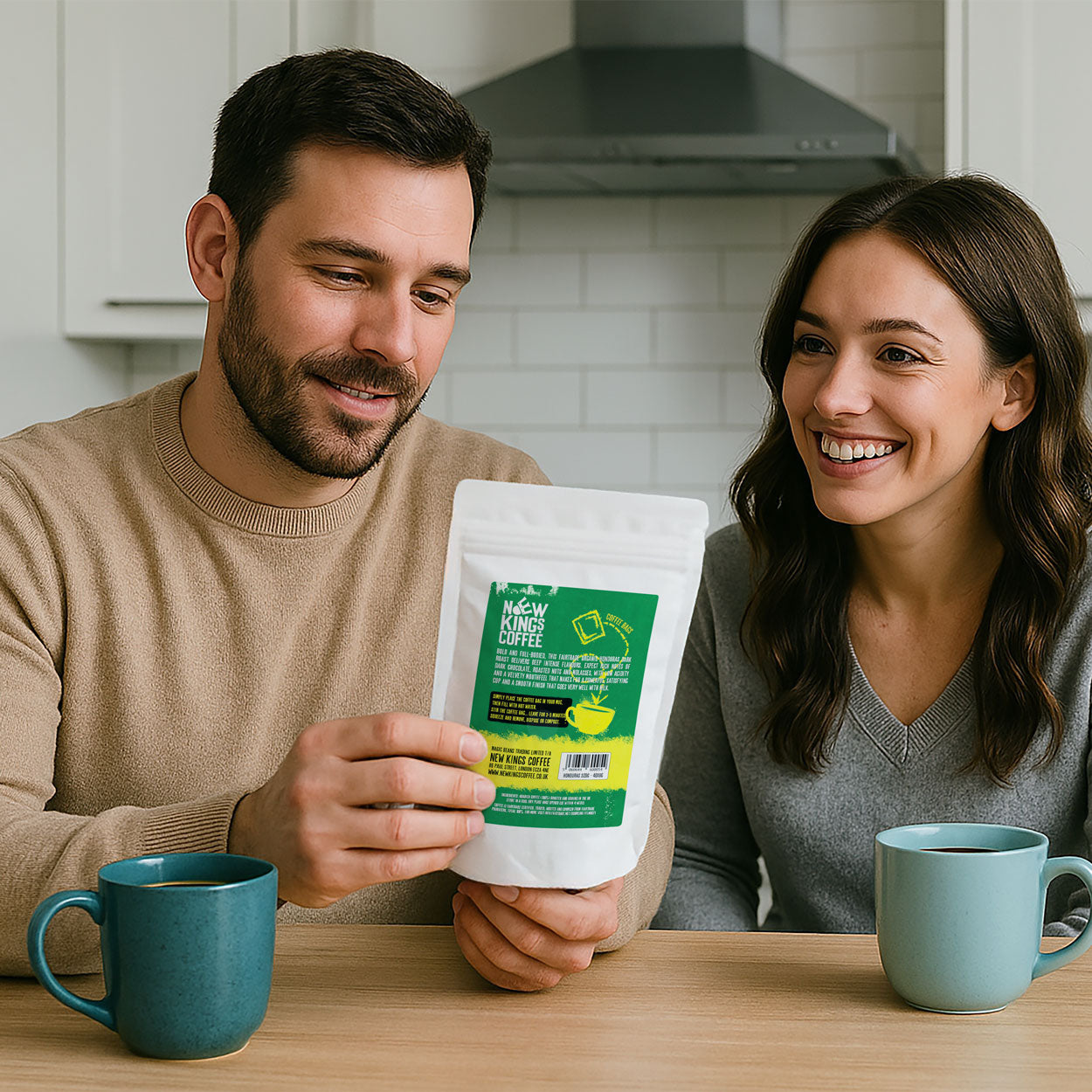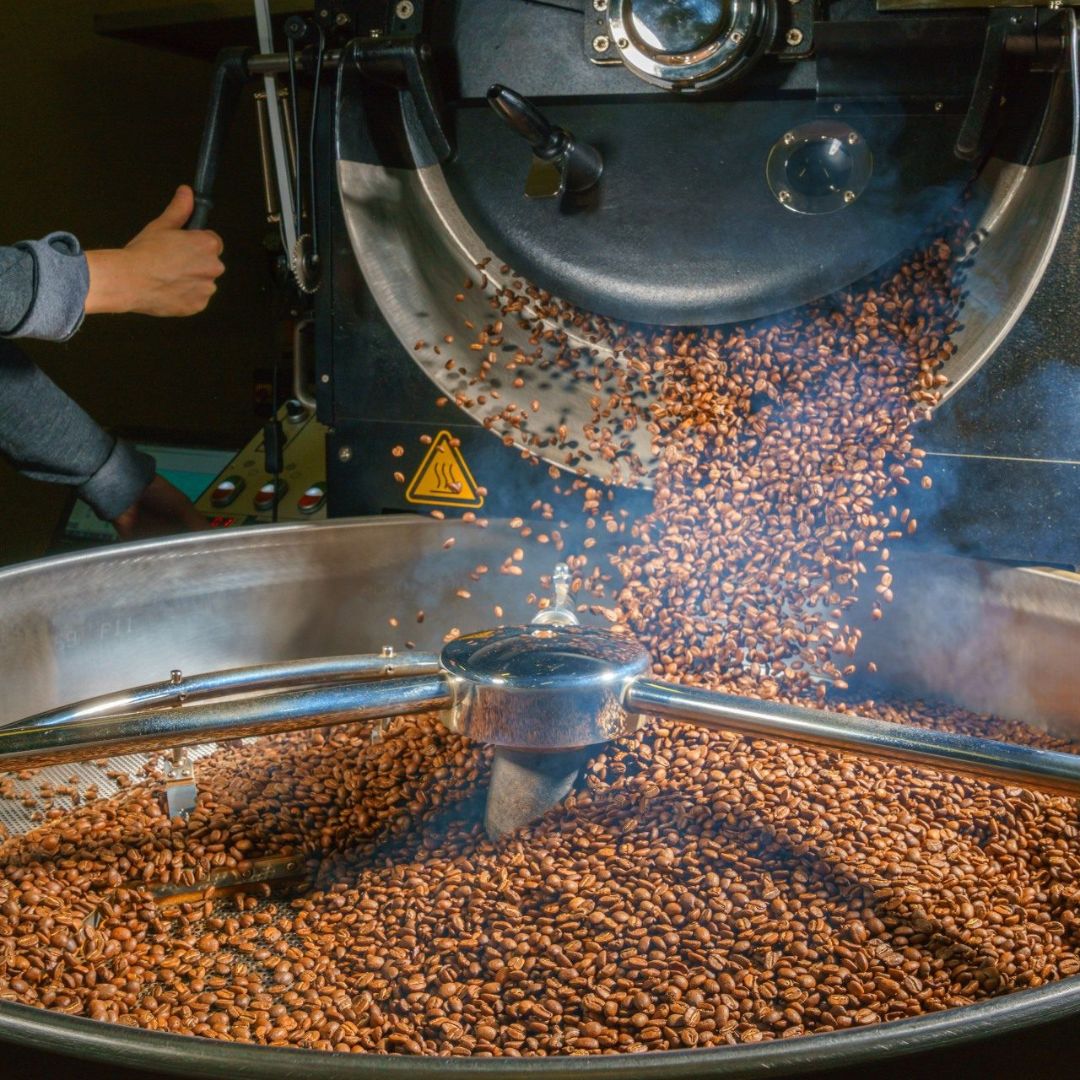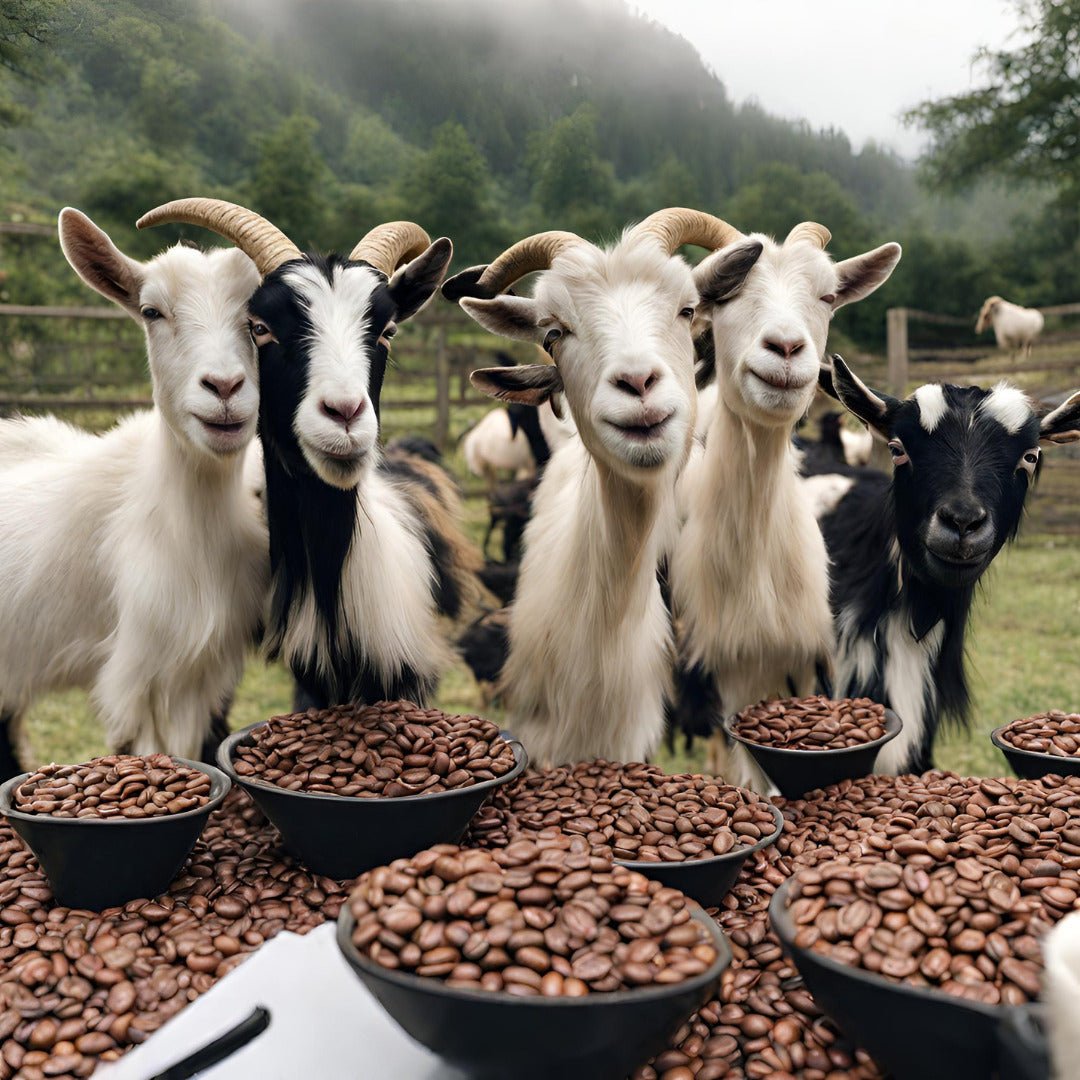Get involved with a new way to enjoy coffee conveniently at a great price!
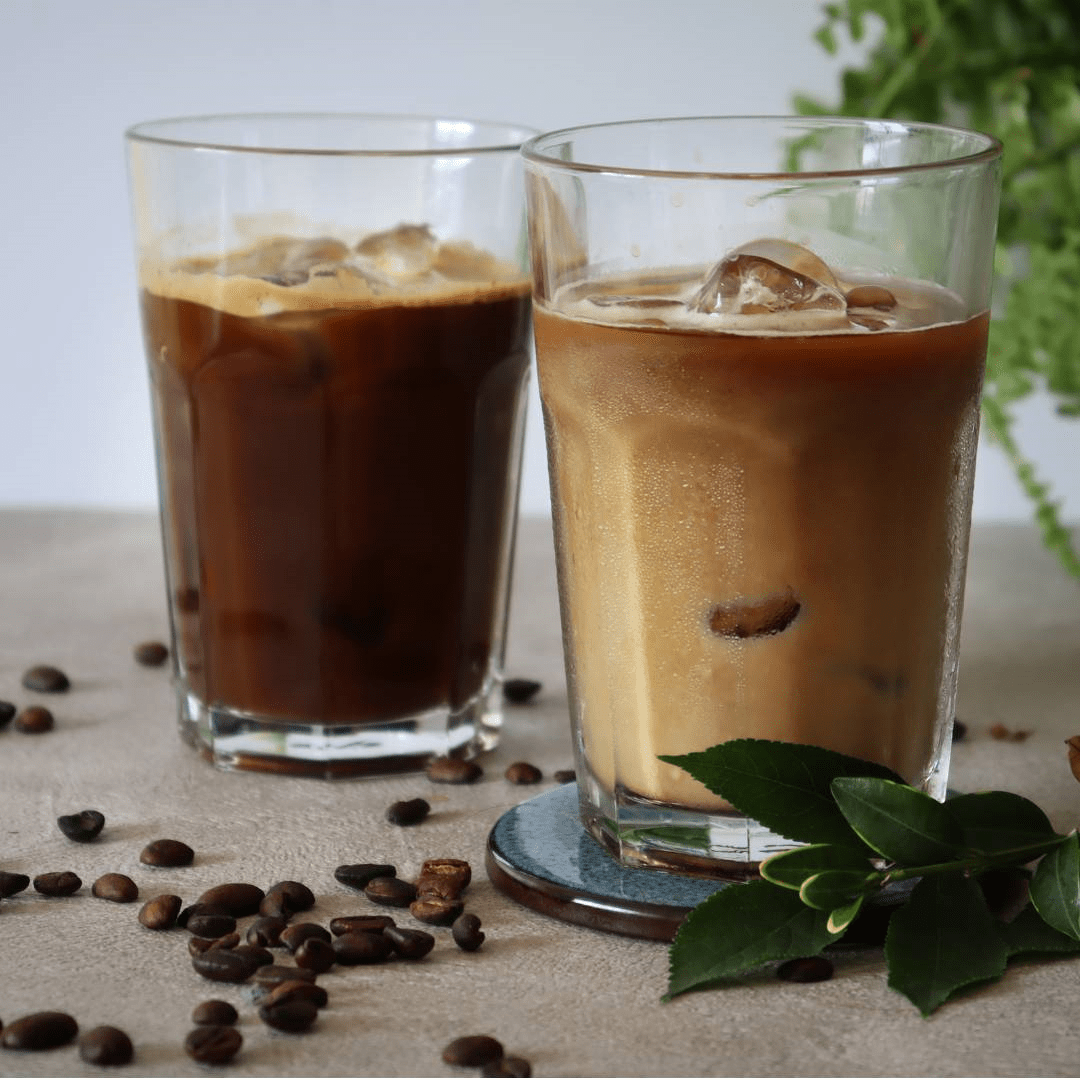
Cold brew coffee, what’s all the hype about? What is it and is it and can you make it yourself?
In simple terms, cold brew coffee is the result of steeping coffee in cold water for 12-24 hours. It’s a slow brewing process that replaces the speed of extracting flavour with heat. So yes, you can definitely do this at home!
Is cold brew coffee better than normal coffee? Well, the product is usually smoother and less acidic as heat can cause coffee to become bitter. It’s also very refreshing in hot weather. But, you might not get that same warm comfort. Read on to find out all you need to know about cold brew coffee.
Is Cold Brew Stronger than Regular Coffee?
Contrary to popular belief, cold brew coffee is not inherently stronger than regular hot-brewed coffee in terms of caffeine content. While cold brew does have a higher concentration of caffeine per ounce due to its brewing method, it is often diluted with water or milk before consumption. As a result, the final strength of cold brew can vary depending on how it's prepared and served.
What is the Point of Cold Brew Coffee?
The allure of cold brew lies in its unique brewing process, which involves steeping coarsely ground coffee beans in cold water for an extended period. This slow extraction method yields a smooth, full-bodied coffee with lower acidity and bitterness compared to hot-brewed coffee. The result is a velvety consistency and a refreshing alternative to a hot coffee.
Is Cold Brew Just Iced Coffee?
While both cold brew and iced coffee are served cold, they are distinctly different beverages. They are produced from different brewing methods and the final flavour and texture also varies. Cold brew is made by steeping coffee grounds in cold water for an extended period, resulting in a smooth and mellow brew. On the other hand, iced coffee is brewed hot and then chilled over ice, often retaining the acidity and bitterness of hot-brewed coffee. While both are refreshing options for warm weather, cold brew is the coffee-lover’s choice. The only problem is, it takes a bit more thought and prep time.
Is Cold Brew Coffee Healthier?
Cold brew coffee is often touted as a healthier alternative to hot-brewed coffee due to its lower acidity levels. The slow extraction process of cold brew results in a smoother, less acidic brew that is gentler on the stomach and teeth. Moreover, cold brew is typically served without added sugars or creams, due to its smoothness, making it a lower-calorie option for those watching their intake. Healthy, energising and refreshing, what could be better?
Are You Still Puzzled?
Picture making a cup of tea: You can either let the tea bag steep in cold water for an extended period or steep it in hot water for a shorter duration.
When steeped in cold water, the tea's flavours extract more gradually. As a result, the tea tends to have less bitterness and a richer flavour compared to when steeped in hot water.
This concept parallels cold brew coffee preparation. Cold water gradually draws out the coffee's flavours, yielding a smooth and flavourful cup of coffee.
Want to Make the Perfect Cold Brew?
Crafting the perfect cold brew coffee at home is simpler than you might think. Here's a basic recipe to get you started:
Ingredients:
- Coarsely ground coffee beans (medium to dark roast)
- Cold, filtered water
Instructions:
- In a large container or pitcher, combine 1 cup of coarsely ground coffee beans with 4 cups of cold, filtered water.
- Stir gently to ensure all the coffee grounds are fully saturated.
- Cover the container and let it steep in the refrigerator for 12-24 hours, depending on your desired strength.
- Once steeped, strain the cold brew concentrate through a fine-mesh sieve or cheesecloth into another container to remove the grounds.
- Dilute the concentrate with equal parts water or milk, and serve over ice. Enjoy your homemade cold brew!
Top Tips for Elevating Your Cold Brew Experience
- Experiment with different coffee bean varieties and roasts to discover your preferred flavour profile.
- For a decadent twist, add a splash of flavoured syrup or a sprinkle of cinnamon to your cold brew.
- Store your cold brew concentrate in the refrigerator for up to a week for prolonged enjoyment.
- To avoid dilution, use coffee ice cubes made from leftover cold brew instead of regular ice.
The History of the Cold Brew
While the exact origins of cold brew coffee are somewhat murky, it is believed that it originated in Japan as early as the 17th century. Known as "Kyoto-style" or "Japanese-style" cold brew, this method involved steeping coffee grounds in cold water for an extended period, resulting in a concentrated and cool coffee.
Cold brew gained attention in the United States during the late 20th century, particularly in the specialty coffee scene. Coffee buffs appreciated its rich flavours and consistency and the fact that it could be served cold, making it perfect for hot summer days. Cafes and coffee shops began to offer cold brew as a menu staple, its popularity soared.
In recent years, cold brew coffee has experienced a resurgence in popularity, driven by its widespread availability and the growing interest in specialty coffee. Its smooth, velvety texture and lower acidity have made it a favourite among coffee drinkers seeking a refreshing alternative to traditional hot coffee.
The Perfect Season and Weather for Cold Brew
While coffee is a year-round indulgence, cold brews often more enjoyable in warmer months. Refreshing and delicious, a cold brew coffee really hits the spot on a hot lethargic day.
Cold Brew Cocktails
Beyond its role as a standalone beverage, cold brew coffee has also found its way into the world of mixology, inspiring a diverse array of cold brew cocktails.
Its rich flavour profile pairs well with a variety of spirits, from vodka and rum to whiskey and tequila, allowing for endless experimentation and creativity. Some popular cold brew cocktails include the White Russian, which combines cold brew coffee with vodka, coffee liqueur, and cream for a caffeinated twist on a classic favourite. See the recipe below.
How to Make a Cold Brew White Russian
Ingredients:
- 2 ounces vodka
- 1 ounce coffee liqueur (such as Kahlúa)
- 2 ounces cold brew coffee
- 1 ounce heavy cream
- Ice cubes
- Optional: chocolate shavings or coffee beans for garnish
Instructions:
- Fill a cocktail shaker with ice cubes.
- Add the vodka, coffee liqueur, and cold brew coffee to the shaker.
- Shake the ingredients vigorously until well-chilled, about 15-20 seconds.
- Strain the mixture into a rocks glass filled with fresh ice cubes.
- Gently pour the heavy cream over the back of a spoon to create a layered effect on top of the cocktail.
- Optionally, garnish with chocolate shavings or a few coffee beans for an extra touch of elegance.
- Serve immediately and enjoy your indulgent Cold Brew White Russian cocktail!
Why Coffee Bags are the Ultimate Option for Cold Brew
When it comes to convenience and versatility, coffee bags reign supreme for cold brew enthusiasts. These innovative pouches are pre-filled with precisely measured coffee grounds, allowing you to effortlessly brew a batch of cold brew without the mess or hassle of traditional methods. Simply immerse the coffee bag in cold water, let it steep, and voilà—your cold brew is ready to enjoy. Check out New Kings Coffee's cold brew range.
How to Make a Cold Brew Coffee with Coffee Bags
Making cold brew coffee with coffee bags is a simple process. Here's a step-by-step guide:
Ingredients and Equipment:
- Cold brew coffee bags (like tea bags, but filled with coffee grounds)
- Cold water
- Pitcher or jar
- Refrigerator
Instructions:
- Prepare the Pitcher or Jar:
- Ensure your pitcher or jar is clean and large enough to hold the desired amount of cold brew.
- Fill with Cold Water:
- Fill the pitcher or jar with cold water. You can use filtered water for better taste, but tap water works fine too.
- Add Coffee Bags:
- Place the desired number of coffee bags into the water. Typically, one bag per serving works well, but you can adjust based on your taste preferences and the strength of the coffee bags.
- Steep in the Refrigerator:
- Seal the pitcher or jar and place it in the refrigerator.
- Let the coffee bags steep in the cold water for at least 12 to 24 hours. The longer you steep, the stronger the flavour will be. You can experiment with different steeping times to find the taste you prefer.
- Remove the Coffee Bags:
- After the steeping time is complete, carefully remove the coffee bags from the pitcher or jar. Squeeze them gently to extract any excess liquid, but be careful not to burst the bags.
- Serve Cold Brew:
- Your cold brew coffee is now ready to enjoy! You can serve it over ice for a refreshing drink, or you can dilute it with water or milk if it's too strong for your taste.
- Storage:
- Store any leftover cold brew coffee in the refrigerator. It will stay fresh for several days, allowing you to enjoy it whenever you like.
Tips:
- Experiment with different types and brands of coffee bags to find the flavour profile you prefer.
- You can customize your cold brew by adding sweeteners, flavoured syrups, or spices like cinnamon or vanilla.
- Cold brew concentrate can be diluted with water, milk, or milk alternatives according to your taste preferences.
- If you want a stronger brew, you can add more coffee bags or steep for a longer period, up to 48 hours.
In conclusion, cold brew coffee has become more than just a trend, it's a staple for coffee lovers seeking a refreshing alternative to hot beverages, especially on scorching days. Give it a try!

